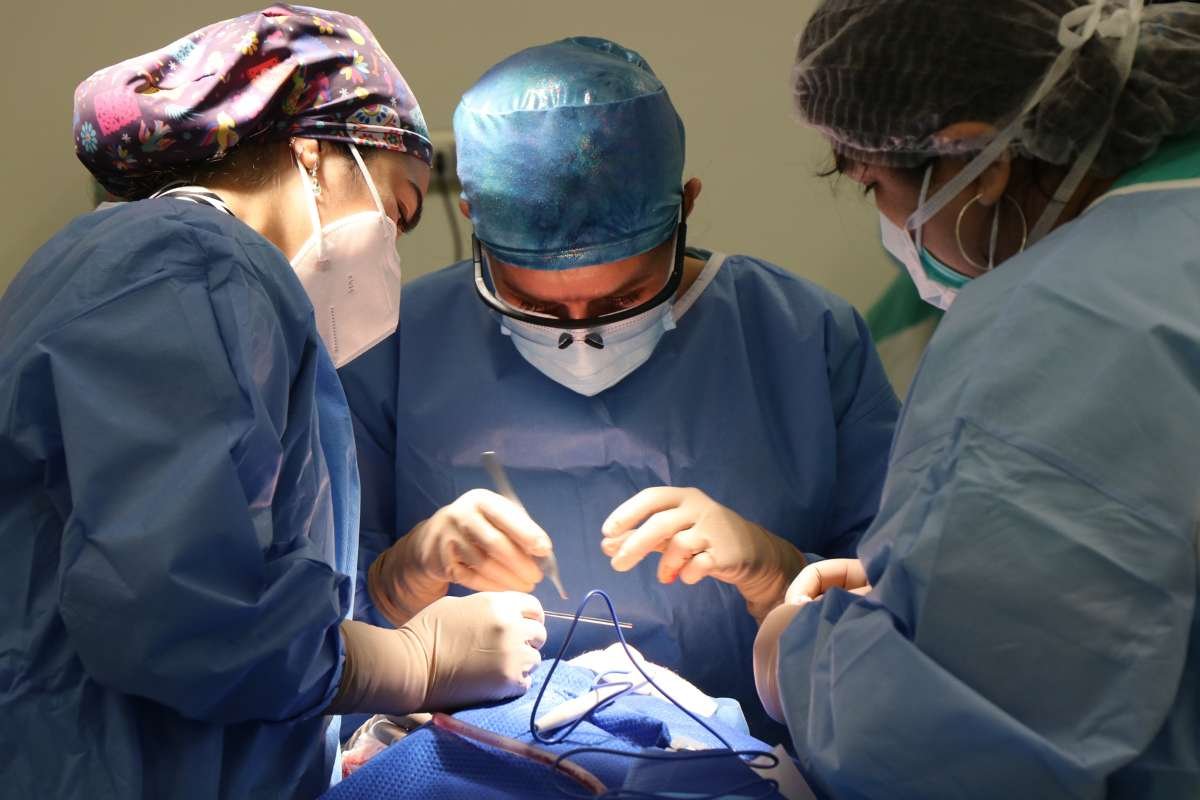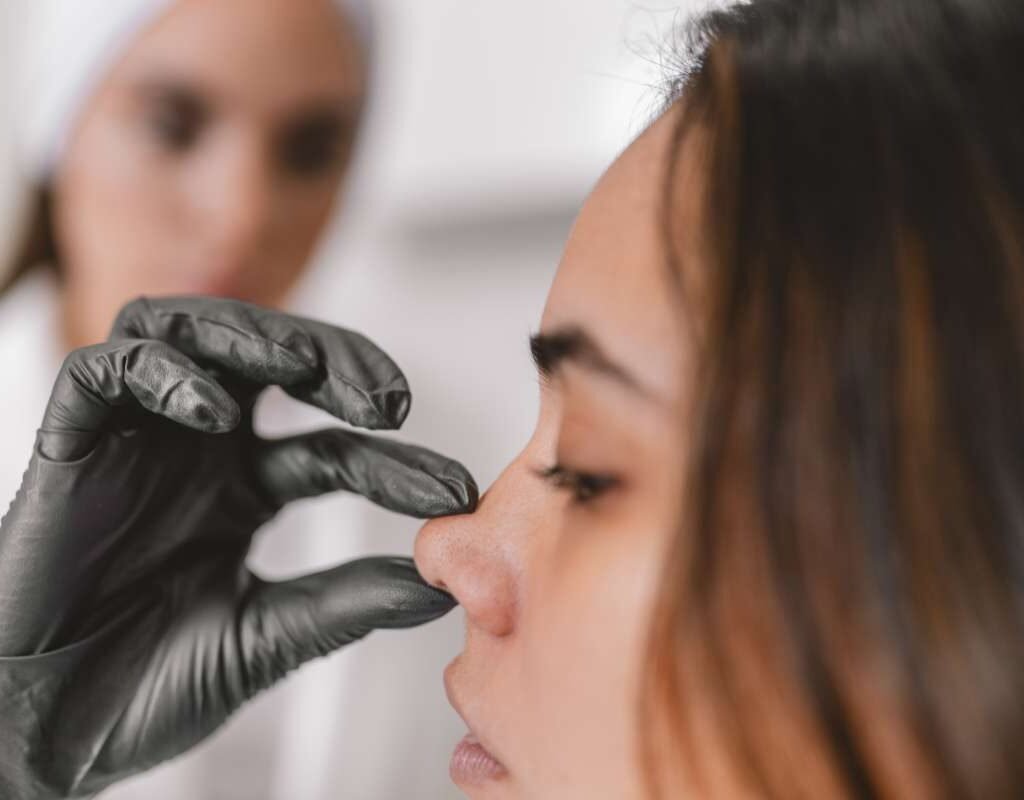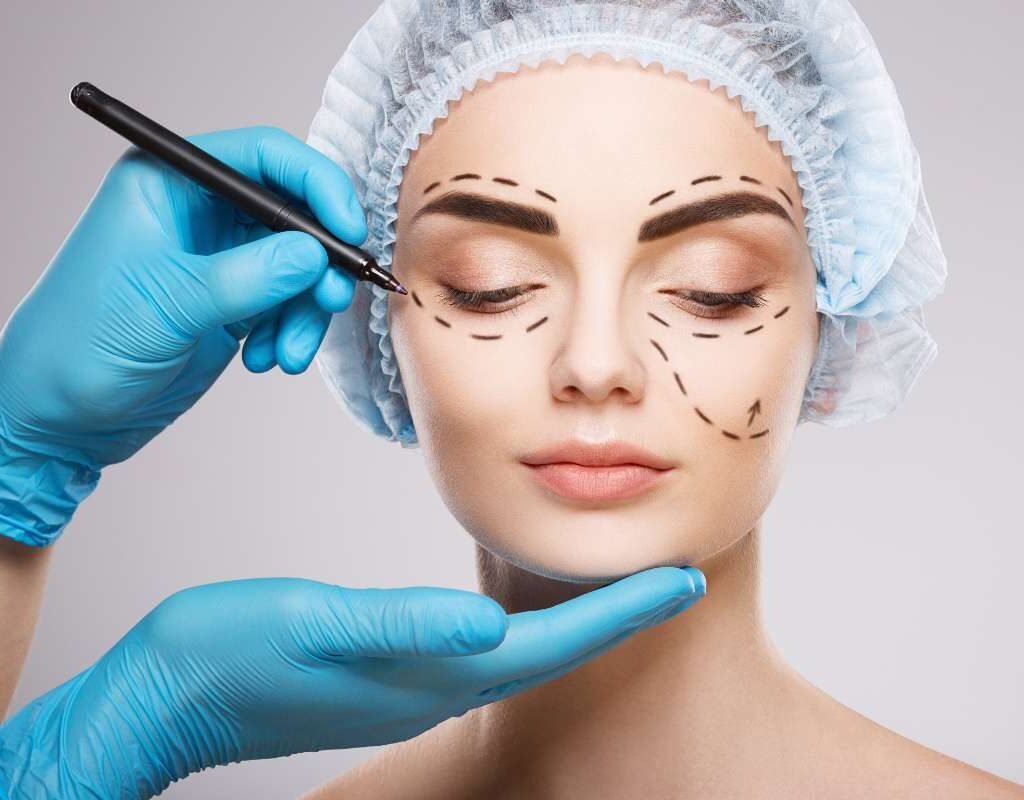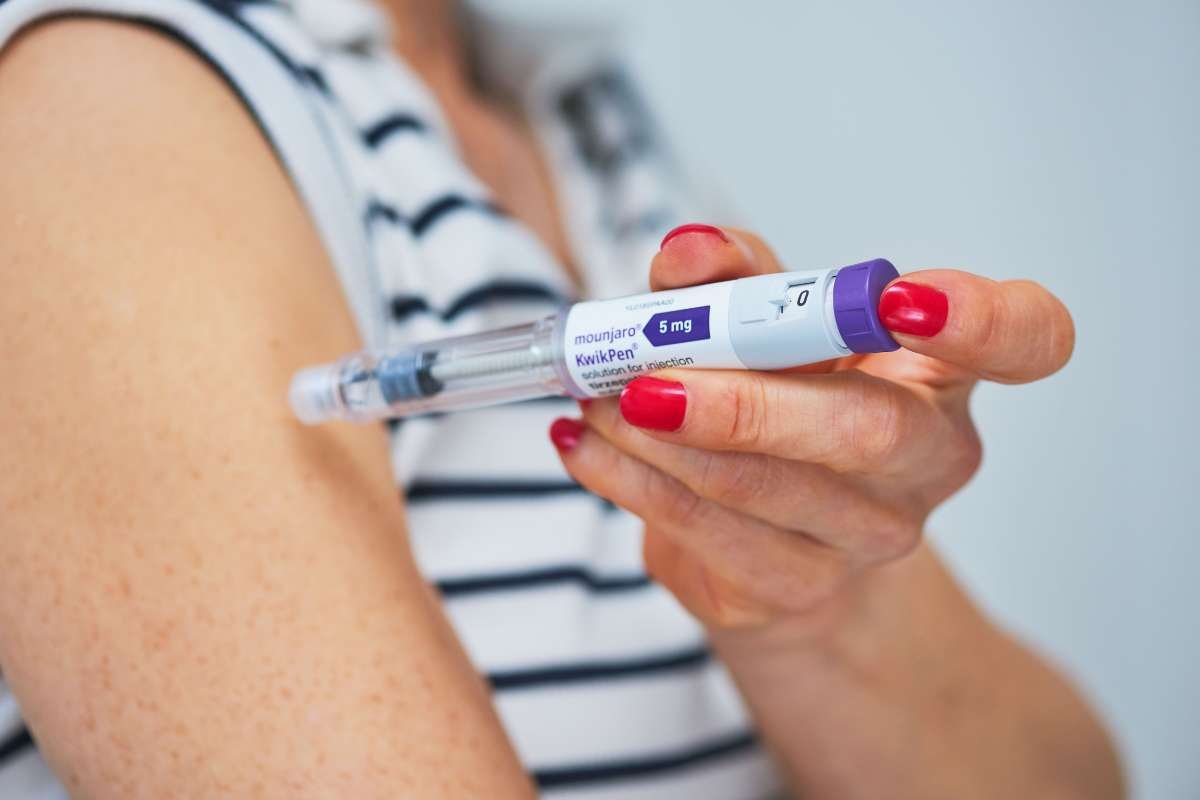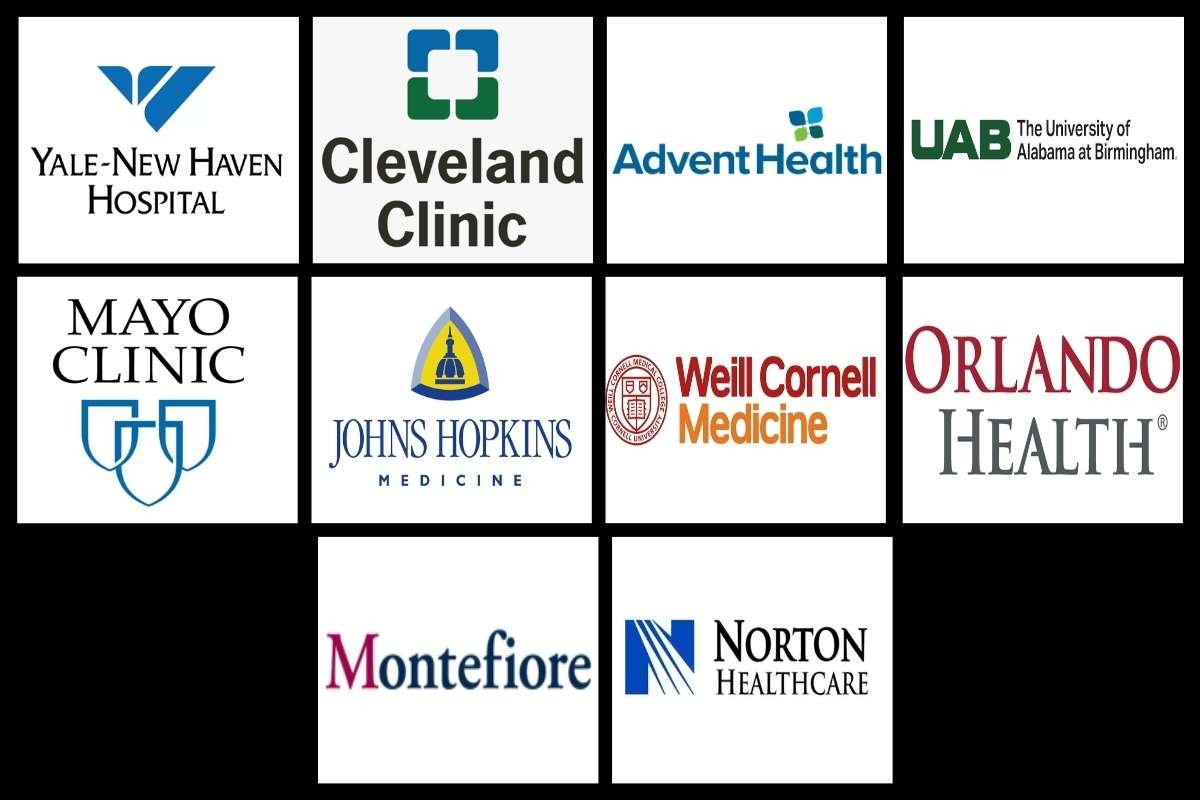Cosmetic surgery is currently a growing sector in the medical and beauty industries, encompassing surgical procedures designed to enhance, alter, or restore the physical appearance of an individual. With technological advancements, techniques, and a better understanding of human anatomy, cosmetic surgery has evolved into a sophisticated art form that enables patients to improve their aesthetics with precision and safety.
Let’s explore the world of cosmetic surgery, including its benefits, popular procedures, considerations, and future trends.
The Evolution of Cosmetic Surgery
The earliest recorded forms of surgical enhancements were in India, where techniques to reconstruct noses, ears, and other body parts were used as early as 500 BC. Fast forward to the 20th century, and the practice of cosmetic surgery began to gain popularity in Western countries, especially after World War I when reconstructive surgery was used to help soldiers recover from disfiguring injuries.
As technology advanced and society became more focused on aesthetics and personal image, cosmetic surgery took on new dimensions. In the 1960s and 1970s, breast augmentations, liposuction, and facelifts became more common, and today, a variety of procedures cater to different cosmetic goals, ranging from minor enhancements to major transformations.
Popular Cosmetic Surgery Procedures
1. Rhinoplasty (Nose Job)
Rhinoplasty, commonly known as a “nose job,” is one of the most requested cosmetic surgeries. It involves reshaping the nose for both aesthetic and functional purposes, such as correcting breathing problems or improving facial symmetry. Rhinoplasty can address a variety of concerns, including size, shape, and nasal structure. With advancements in techniques such as closed rhinoplasty and non-surgical rhinoplasty, patients now have more options for achieving their desired look.
2. Breast Augmentation
Breast augmentation, or breast implants, is a procedure that enhances the size and shape of the breasts through the insertion of saline or silicone implants. This procedure is often sought by women looking to increase breast volume after pregnancy, weight loss, or for personal aesthetic reasons. The process has become safer, with advanced implant materials and techniques improving the results and reducing complications.
3. Liposuction
Liposuction is a body contouring procedure that removes excess fat from areas like the abdomen, thighs, hips, and arms. It is not a weight-loss method but rather a way to target stubborn fat that is resistant to diet and exercise. Advances in liposuction technology, such as laser-assisted and ultrasound-assisted liposuction, have made the procedure safer and less invasive.
4. Facelifts
A facelift, or rhytidectomy, is a surgical procedure that tightens and lifts the skin on the face to reduce the signs of aging. It addresses issues like sagging skin, deep wrinkles, and loss of facial volume. Facelifts can be combined with other procedures like eyelid surgery (blepharoplasty) and brow lifts for a more comprehensive rejuvenation.
5. Botox and Fillers
While not strictly surgical, Botox and dermal fillers are non-invasive cosmetic treatments that have become extremely popular. Botox is used to temporarily relax muscles and reduce wrinkles, particularly on the forehead and around the eyes. Fillers, on the other hand, restore volume to the face, smoothing out lines and wrinkles and adding fullness to areas like the cheeks and lips. These treatments offer quick results with minimal downtime, making them highly sought after by individuals seeking a subtle yet effective aesthetic enhancement.
6. Tummy Tuck (Abdominoplasty)
A tummy tuck, or abdominoplasty, is a procedure that removes excess skin and fat from the abdominal area, while also tightening the muscles. This surgery is commonly performed on individuals who have undergone significant weight loss or women post-pregnancy. The results can be life-changing, offering a flatter, more toned abdomen and enhanced body contours.
7. Hair Transplants
Hair restoration surgery is an increasingly popular option for individuals experiencing hair thinning or baldness. Using techniques like follicular unit extraction (FUE) or follicular unit transplantation (FUT), hair follicles are harvested from a donor area and transplanted to areas where hair is sparse or missing. These procedures have become more precise, providing natural-looking results.
The Benefits of Cosmetic Surgery
Cosmetic surgery offers numerous benefits beyond aesthetic enhancement. These benefits can have a profound impact on an individual’s physical and psychological well-being:
- Increased Self-Confidence: Many individuals seek cosmetic surgery to improve their appearance, which can lead to higher self-esteem and confidence. Feeling better about one’s physical appearance often translates into improved overall happiness and social interactions.
- Improved Quality of Life: Cosmetic procedures such as breast reduction or rhinoplasty can address functional issues. For example, reducing the size of overly large breasts can alleviate back pain and other physical discomforts, while a rhinoplasty can improve breathing and resolve structural issues in the nose.
- Psychological Well-being: Cosmetic surgery can have a significant positive impact on mental health. Patients who are self-conscious about a specific feature may experience anxiety or depression due to their appearance. By addressing these concerns, cosmetic surgery can improve emotional well-being and overall life satisfaction.
- Long-lasting Results: Many cosmetic procedures offer long-lasting or even permanent results. For example, a tummy tuck or facelift can yield results that last for several years, providing lasting satisfaction for patients.
Considerations and Risks
While cosmetic surgery has its advantages, it is important for individuals to carefully consider the risks and potential complications associated with these procedures:
- Surgical Risks: As with any surgery, cosmetic procedures carry inherent risks, such as infection, scarring, blood clots, and anesthesia complications. It is crucial to choose a board-certified surgeon and follow all pre- and post-operative instructions to minimize these risks.
- Cost: Cosmetic surgery is often not covered by insurance, making it an expensive undertaking. Patients should be prepared for the financial investment and should inquire about payment options, financing, and the total cost of the procedure.
- Emotional Expectations: While cosmetic surgery can enhance appearance, it is important for patients to have realistic expectations. Surgery may not always result in perfection, and psychological factors like body dysmorphia can lead to dissatisfaction even with successful procedures.
- Recovery and Downtime: Many cosmetic surgeries require significant recovery time. Patients should be prepared for the necessary downtime, which varies depending on the procedure. Proper post-operative care and adherence to healing protocols are vital for optimal results.
The Future of Cosmetic Surgery

The future of cosmetic surgery looks promising, with emerging trends and innovations reshaping the field. Advances in non-invasive treatments, such as laser skin resurfacing, and regenerative medicine, including stem cell therapy, are expanding the options available to patients. Additionally, the integration of artificial intelligence and 3D printing technologies is allowing for more customized procedures, enabling surgeons to tailor treatments more precisely to individual needs.
As the demand for cosmetic procedures continues to rise, so too does the focus on patient safety and ethical considerations. Future developments are likely to prioritize minimally invasive treatments with quicker recovery times, reduced risks, and more natural-looking results.
Conclusion
From simple, non-invasive treatments like Botox to complex surgeries like facelifts and tummy tucks, the cosmetic surgery field continues to grow, offering new techniques and technologies to improve results and patient satisfaction. However, it is important for those considering surgeries to understand the risks, set realistic expectations, and choose qualified professionals to ensure the best possible outcomes.

